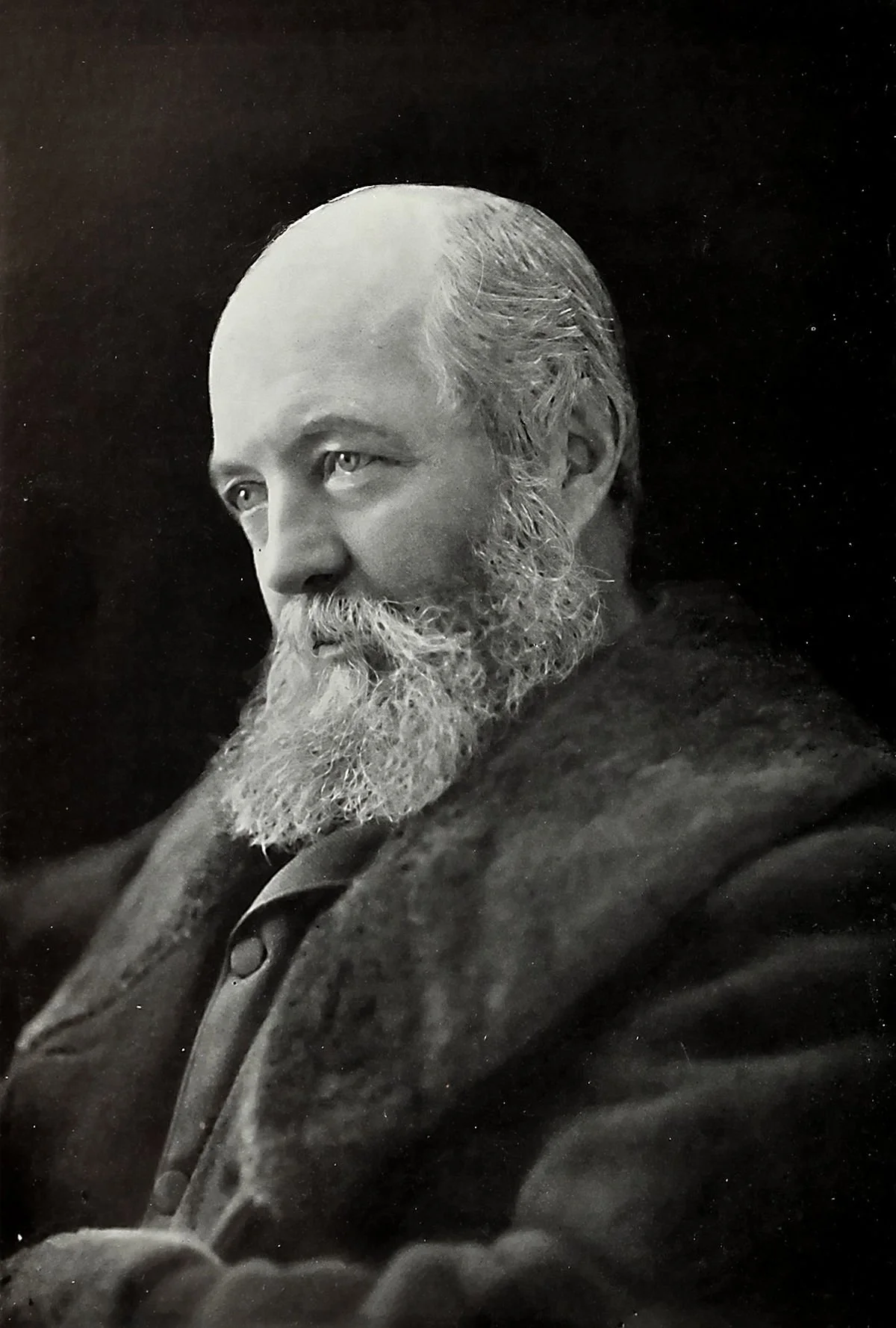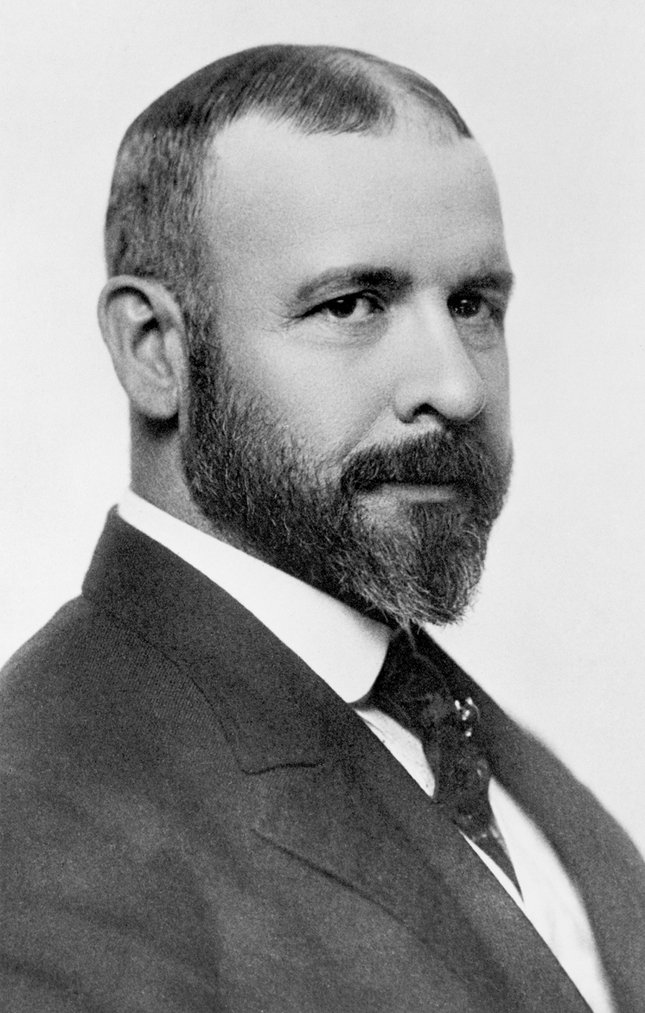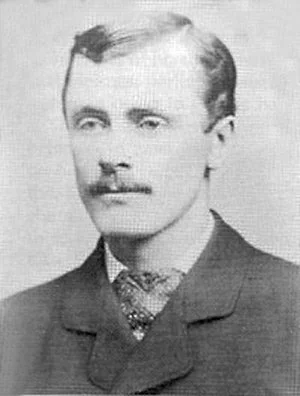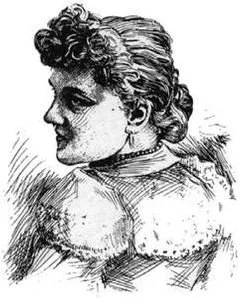Characters
-
![H. H. Holmes Americas first serial killer]()
H. H. HOLMES
H.H. Holmes, infamously known as America's first serial killer, was (somehow) much more than only that. He was a crooked medical doctor, and a ruthless entrepreneur in an era bereft of labor rights, and he never turned down a chance to take advantage of it.
Whether through his constant lies and gaslighting—or simply resorting to fraud, arson, and of course, murder—Holmes was a charismatic, manipulative psychopath, incapable of regarding human life, but chillingly adept at blending in. Holmes saw himself as a shrewd robber-baron, closer to a John Rockefeller than a person like Charles Manson. Nevertheless, Holmes embraced any means necessary to benefit himself only, believing he was the embodiment of the American Dream.
Was he not?
Image Source: The West End Museum
-
![Daniel Burnham, Director of Works for the 1893 World Columbian Exposition]()
DANIEL BURNHAM
The Director of Works for the 1893 World Columbian Exposition (Chicago World Fair). Burnham is a true revolutionary in the field of Architecture, having built the first skyscrapers, and on unstable, sludgy Chicago soil. Burnham did the impossible, so he was enlisted to do even more of the impossible; building basically an entire city, capable of housing crowds up to 700,000 people, and in two-and-a-half years.
Time and resources keep running short for completely preventable reasons, mostly due to pissing contests between officials above his pay grade. If that weren’t enough, there are plenty of pissing contests happening among his own team of architects.
Burnham is a capable leader and a brilliant mind, but like anyone else would be, he's in way over his head.
Image source: The Digital Library of Illinois
-
![PATRICK PRENDERGAST, lunatic managing paper boys during Chicago world fair.]()
PATRICK PRENDERGAST
Prendergast is a luckless, easy target who speaks with an Irish accent (in our story) despite coming to America at Age 3, and makes his living managing a team of paperboys, who routinely lambast and disrespect him.
In spite of his entire life, Prendergast harbors delusions of grandeur, expecting a “predestined” appointment to the Mayor’s office as Corporation Counsel, despite having absolutely zero legal experience or formal education. This is his white whale, and fortunately for him, nothing bad ever happens to people pursuing such things.
Image Source: University of Minnesota Digital Special Collections
-
![FREDERICK LAW OLMSTED, architect for the Chicago World Fair]()
FREDERICK LAW OLMSTED
A genius architect famous for designing Central Park and countless other American structures, Olmsted reports to Burnham as the Director of Landscapes for the Fair.
Our story highlights Olmsted in his golden years, where he is unabashedly off his entire rocker; humoring himself with ridiculous notions and fixating on minute details of his projects. The latter would be a welcome trait for any architect, but Olmsted takes this to absurd levels—for example, steering relevant conversations toward the kind of boats he wants on the fairgrounds.
Deep down, Olmsted is playful and creative, and may be wiser than he lets on, in this story.
Image source: Wikipedia
-
![Louis Sullivan]()
LOUIS SULLIVAN
Though a boastful, petty, and fragile character in our story, enlisting Chicago architect Louis Sullivan was a no-brainer for the real-life World Fair planners. Sullivan coined “form follows function,” a mantra architects are wise to follow today.
Despite the discouraging constraints, Sullivan remains invested in the fair’s completion and is eager to showcase Chicago to the world. However, this may stem from wanting to stick it to New York and Paris than anything else.
For good measure, Sullivan travels with a collared and gagged man he calls Dirtboy, in case his peers question his ability to command authority.
Image source: Wikipedia
-
![Charles Atwood]()
CHARLES ATWOOD
Another influential architect who designed the Fine Arts Building, which is now home to Chicago’s Museum of Science and Industry, and one of just two 1893 World Fair structures that exist today.
Atwood replaces John Root on the board after his sudden passing, and is often tasked with keeping meetings going while Burnham remains exasperated by his bumbling team.
Image source: Wikipedia
-
![Newsboys image from the late 1800s]()
THE NEWSBOYS
They work under Prendergast and constantly antagonize him at every turn. They are Chicago’s working class and unafraid to self-advocate, but seem to frequent many jail cells throughout our story.
Despite their proud Chicago roots, they inexplicably have Cockney accents in this story, which is never explained beyond it being another tool to further drive their Irish-born boss to insanity.
Image source: The Bowery Boys
-
![Benjamin Pitezel]()
BENJAMIN PITEZEL
A blue-collar husband and father of five, Pitezel is Holmes’s “useful idiot” who is desperate enough to undertake Holmes’s odd-jobs without question. Due to factors such as his alcoholism and extreme poverty, Holmes effortlessly exploits Pitezel for his own gains.
As he carries out futile and increasingly ridiculous grifts for his boss, Pitezel grows more despondent and leaves listeners to our story wondering what a man like him will do when there is nothing left to gain.
Image source: Wikipedia
-
![Julia Conner]()
JULIA CONNER
A shrewd, clever woman who moved to Chicago and found work with her husband, Ned, and sister, Gertie, in Holmes’s drugstore. She grew tired of her husband’s dismissiveness of her ideas, as well as his overall naivete and incompetence.
Julia is drawn to Holmes due to his charm and air of success, which dwarf Ned’s character by comparison and magnify his flaws. She is hardly the first woman to elicit Holmes’s affection, nor is she the first to discover the darkness it masks.
Image source: Wiki Tree
-
![Frederick Douglass]()
FREDERICK DOUGLASS
Renowned abolitionist and civil-rights leader, who, in our story, calls a meeting with the Planners to discuss representation of black culture at the 1893 World Fair. Essentially, there is no representation, aside from a few egregiously racist exhibits, and notably zero black Americans in charge of any decisions.
In the imagined meeting with the Planners, Douglass encourages the idealism and passion of journalist Ida B. Wells, a fearless civil rights leader with her own legacy, while also offering guidance. Though the meeting is a dramatization, Douglass did participate in and speak at the 1893 World Fair, but as Haiti’s appointed ambassador—not America’s.
Image source: Wikipedia
-
![Ida B Wells]()
IDA B. WELLS
A journalist and civil rights leader who accompanies Douglass during his meeting with the planners re: black representation. Wells is subjected to racism, violence, and willful ignorance throughout her life, but persists despite the risk.
For the impending 1893 World Fair, she seeks to distribute pamphlets to fairgoers from all over the world about the plight of the black community in America, which was falsely considered “over,” by an American generation that conflated recent emancipation with the end of oppression.
Image source: The New York Historical
-
![Richard Hunt]()
RICHARD HUNT
Hailing from New York and courted by Burnham, Richard Hunt is aristocratic, condescending, and no less full of shit than anyone else on the board. He doesn’t say much, but when he speaks, it…still doesn’t really help. He’s another thorn in the side of progress for the planners in our story.
Image source: Chicago World’s Fair, 1893
-
![Photograph of architect John Root]()
JOHN ROOT
Burnham’s right-hand man and partner in their private architectural firm. He is the artist with the vision while Burnham is the business, though Burnham’s artistic ability tends to be rather understated. Root’s untimely death from pneumonia, early in the planning, happens “off-screen” and leaves Burnham sullen and less eager to complete the job.
Image source: Wikipedia
-
![Sophia Hayden]()
SOPHIA HAYDEN
A gifted 21-year-old architect and alumna of MIT, who designed the Woman's Building at the fair, by merit of being a contest winner, who makes about 1/10 of what the male architects got for designing buildings.
Hayden was left in charge of the design, and by extension, the exhibits, although the latter authority was stripped by meddling, predatory socialites who smelled blood in the water. Hayden is assertive, communicative, and increasingly cynical about how the fair is taking shape. One of the few competent planners in our story, she earned about 1/10th of what male designers typically made during the fair.
Image source: Pioneering women
-
![Bertha Palmer]()
BERTHA PALMER
Prim, pompous, and petty, Bertha Palmer is a rich Chicago socialite, benefactor, and embodiment of classism and gatekeeping in 1890s Chicago. She contributes much to the fair’s displays, however, uses her status to involve herself in every decision surrounding the Woman’s Building, electing to undermine a capable lead architect at every turn.
Image source: American Aristocracy
-
![Emeline Cigrand]()
EMELINE CIGRAND
A vivacious young woman from the outskirts, Emeline was the secretary at Dr. Keeley’s rehabilitation clinic—that is, until Holmes sent Benjamin Pitezel there under false pretenses. When Pitezel returns and tells Holmes of Emeline’s beauty, Holmes begins courting her by mail.
Emeline is soon drawn to Holmes and moves to Chicago upon accepting his lucrative job offer. But like all of his previous romantic interests, Holmes grows bored after the novelty wears off. Emeline grows suspicious of Holmes after learning of a former girlfriend of his, but this information appears more endangering than empowering.
Image source: Rebecca Frost Writes
-
![Marion Hedgepeth]()
MARION HEDGEPETH
A grizzled, bona fide outlaw and Wild-West train robber, Hedgepeth is Holmes’s cellmate during Holmes’s first incarceration, deriving from a fraud charge in Missouri. Holmes’s ego can’t help but show-off to the charismatic Hedgepeth in hopes of earning the approval of a “real” criminal.
Though Holmes and Hedgepeth share a similar disregard for the law, their similarities don’t go much further than that.
Image source: Verrett Collection
-
![Dirtboy character in No Holmes Barred podcast]()
DIRTBOY
Just who is 'Dirtboy,' aside from a placeholder name that I never remembered to replace? Luckily for me, this is about the same amount of thought that Sullivan would put into naming his faithful subordinate. Dirtboy is the strong, silent type, who capably does as it's told, and has developed a thicc hide along the way.
Underestimate at your own risk, for there's more to Dirtboy than meets the eye, even if you were able to see his own in the headshot above.
Image source: Wisconsin Historical Society


















